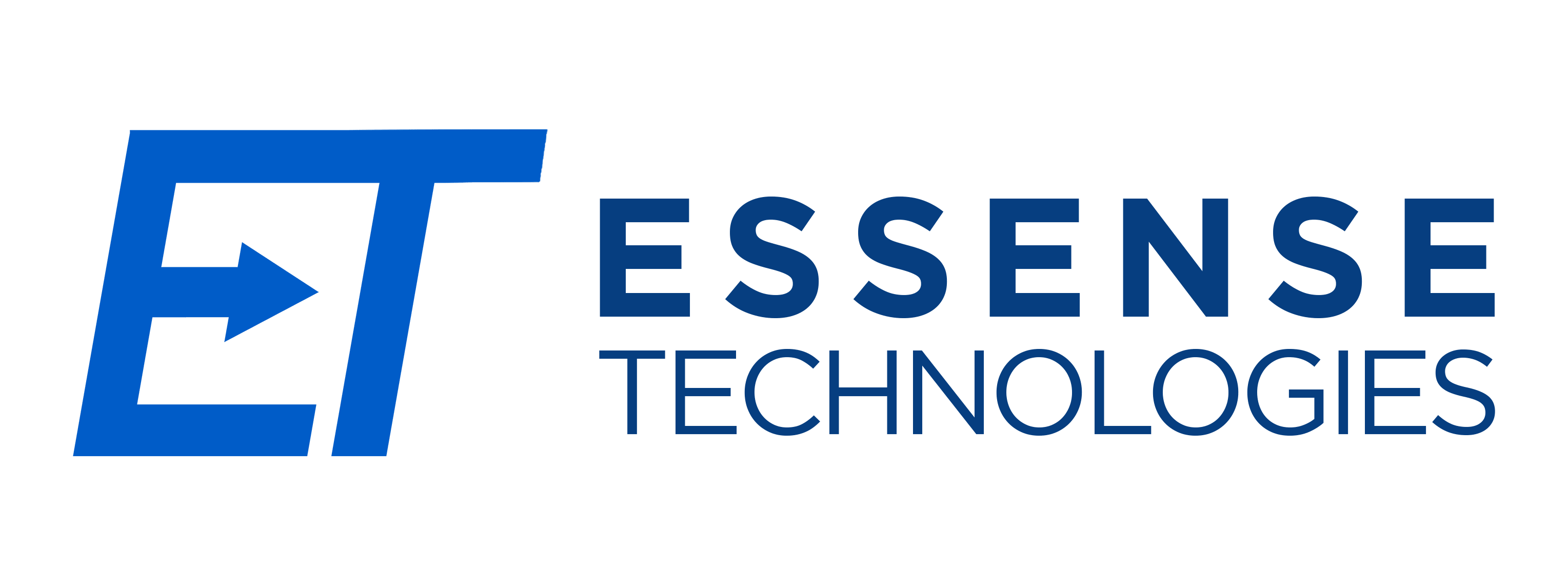Metrics and analytics are essential components of any business strategy, as they help organizations measure the effectiveness of their operations, gain insights into customer behavior, and make data-driven decisions. In this article, we will explore the various aspects of metrics and analytics, including their definitions, types, and benefits.
Metrics
Metrics are quantitative measurements used to track and evaluate performance. They are often used to assess the effectiveness of a specific process, project, or strategy. Metrics can be derived from various data sources, such as web analytics, customer feedback, and financial data.
Types of Metrics:
1. Financial Metrics
- Measure financial performance of a business
- Includes revenue, profit margin, return on investment (ROI)
- Used to assess profitability and identify areas for improvement
2. Customer Metrics
- Measure behavior and satisfaction of customers
- Includes customer satisfaction score (CSAT), Net Promoter Score (NPS), customer lifetime value (CLV)
- Used to identify areas for improving customer experience and track loyalty/retention
3. Operational Metrics
- Measure efficiency and effectiveness of business operations
- Includes cycle time, lead time, throughput
- Used to identify bottlenecks in processes and optimize workflows
4. Measuring Metrics
- Establish clear definitions and metrics to measure effectively
- Define what the metric is measuring, how it will be measured, and desired outcome
- Collect data from various sources, analyze it, and present results clearly and concisely
Analytics
Analytics is the process of using data to gain insights into business operations and customer behavior. Analytics involves collecting, processing, and analyzing data to identify trends, patterns, and correlations. The insights gained from analytics can be used to make informed decisions, optimize processes, and improve performance.
Types of Analytics
1. Descriptive Analytics
- Provides insights into what has happened in the past.
- Involves summarizing and analyzing historical data to identify trends and patterns.
- Useful for identifying areas for improvement and for benchmarking performance against competitors.
2. Predictive Analytics
- Uses statistical modeling and machine learning algorithms to predict future outcomes.
- Involves analyzing historical data to identify patterns and relationships that can be used to make predictions about future events.
- Useful for forecasting sales, predicting customer behavior, and identifying potential risks.
3. Prescriptive Analytics
- Involves using data and algorithms to determine the best course of action in a given situation.
- Involves analyzing data to identify potential outcomes and then recommending the best course of action to achieve a desired outcome.
- Useful for optimizing business processes, improving customer experience, and mitigating risk.
Benefits of Metrics and Analytics
Improved Decision-Making
- Provides organizations with data-driven insights that can be used to make informed decisions.
- Helps track performance and identify areas for improvement, optimizing operations and improving overall performance.
Better Customer Experience
- Customer metrics and analytics can track behavior and preferences, identifying pain points and improving the overall experience.
- Understanding customer needs and preferences can lead to better products and services that meet their needs.
Increased Efficiency
- Operational metrics and analytics can identify bottlenecks in processes and optimize workflows.
- Improved operational efficiency can lead to reduced costs and increased profitability.
Tips and Tricks for Metrics and Analytics
Start with a Clear Goal
- Have a clear goal or objective in mind before diving into any metric.
- Identify which metrics are most relevant and useful to track based on your goal.
Focus on Relevant Metrics
- Focus on the metrics that are most relevant to your goals and objectives.
- Avoid getting bogged down in irrelevant data that can cloud your judgement and make it difficult to draw meaningful insights.
Use the Right Tools
- Choose the tools that are most appropriate for your needs and ensure that you are comfortable using them.
- There are many analytics tools available, from simple spreadsheets to complex data visualization software.
Collect and Organize Data
- Collect and organize data in a systematic manner.
- Ensure that you have reliable data sources and that you are collecting the right data points to help you achieve your goals.
Analyze Trends over Time
- Analyzing data over time can help you identify patterns and trends.
- Use trend analysis to identify areas of growth, decline, or stagnation.
Communicate Your Findings
- Present your data in a clear and concise manner to stakeholders.
- Highlight the insights that are most relevant and actionable.
Continuously Monitor and Adjust
- Continuously monitor your metrics and adjust your strategy as needed.
- Regularly reviewing and updating your metrics can help ensure that you are on track to achieve your goals.
Analytics Tools
To conduct analytics effectively, businesses need access to specialized tools and software that can help them collect, analyze, and present data. Some common analytics tools include:
- Business Intelligence (BI) Tools: These tools are used to collect and analyze data from multiple sources, providing businesses with insights into their performance and operations.
- Data Visualization Tools: These tools are used to create visual representations of data, making it easier to understand and interpret.
- Predictive Modeling Tools: These tools are used to create statistical models that can predict future outcomes based on historical data.











